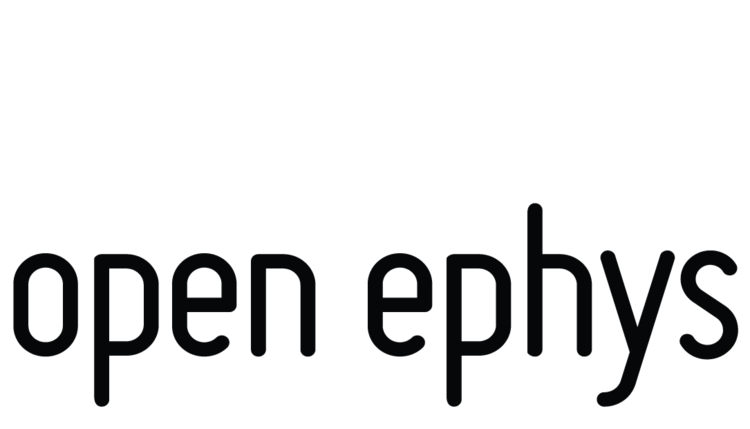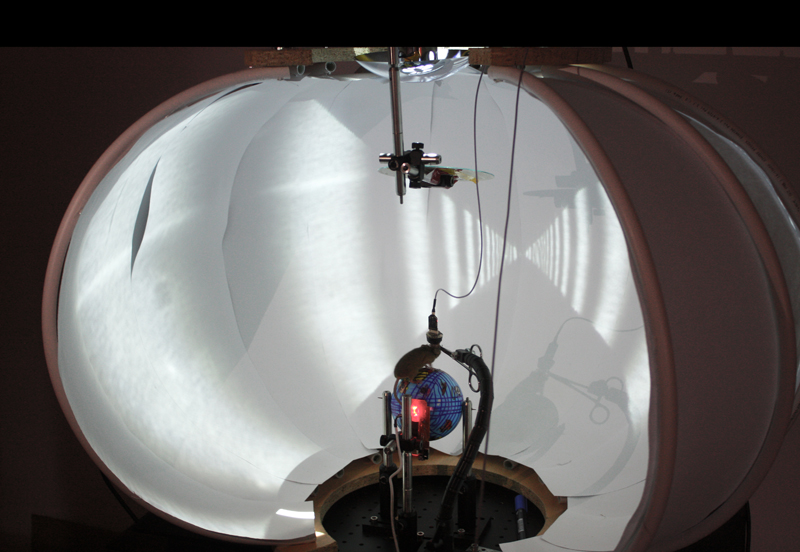Open Ephys recently donated equipment and a teaching assistant to the Transylvanian Experimental Neuroscience Summer School near Cluj-Napoca, Romania. For the past 3 years, TENSS has taught students from around the world how to build their own cutting-edge rigs for two-photon imaging, in vivo whole cell recordings, behavior tracking, and chronic electrophysiology. It's organized by Florin Albeanu of Cold Spring Harbor Laboratory, Adam Kampff of the Champalimaud Neuroscience Programme, and Raul Muresan of Coneural Cluj-Napoca.
The course takes place in an isolated pension on the shore of Pike Lake in the Transylvanian countryside.
For seventeen days, students participate in modules that teach the theory behind techniques in systems neuroscience and provide hands-on experience with data collection. The venue is basically a bed and breakfast when it's not being used by the course, so everything had to be built from scratch. Since the focus is on DIY rigs and open-source tools, Open Ephys was the perfect choice for the electrophysiology module.
"Open" Josh puts the finishing touches on one of six flexDrives that were used in the course.
Within a few days of arrival, we had two Open Ephys data acquisition systems up and running, which allowed us to monitor single units from tetrodes in the prefrontal cortex and striatum of freely moving mice. We also recorded data from a mouse navigating in virtual reality, thanks to the help of Georg Keller from the Friedrich Miescher Institute in Basel. During the final days of the course, the students applied their new knowledge to design and carry out experiments that combined behavior, optogenetics, and electrophysiology.
A mouse navigates along a virtual track while the Open Ephys system records from tetrodes implanted in the striatum and cortex.
Participating in TENSS was an extremely rewarding experience. If you're looking to gain firsthand exposure to the latest techniques for recording neural data, we'd definitely recommend applying next year!



